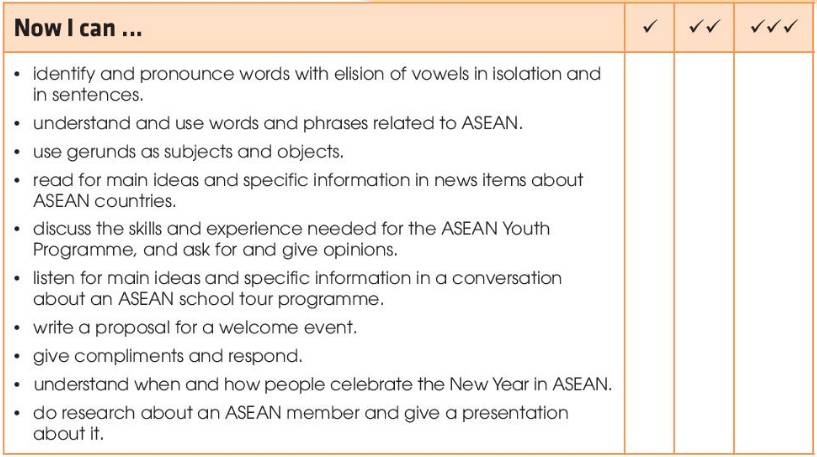Hãy nhập câu hỏi của bạn vào đây, nếu là tài khoản VIP, bạn sẽ được ưu tiên trả lời.

Located in Southeast Asia, Vietnam is a small and beautiful country with victorious history, profound patriotism and wonderful landscapes.
The Socialist Republic of Vietnam, widely known as Vietnam, is not a strange name to the whole world. Although this country is ravaged by a series of wars which cause serious damages, Vietnam in the eyes of the world is nice and peaceful. Vietnam is located in the eastern Indochina Peninsula in Southeast Asia, with Hanoi as its capital. With an area of 331,690 sq. kilometers, to the north of Vietnam is China, to the west is Laos and Cambodia, to the east is Gulf of Tonkin and East Sea, and to the south is Thailand Gulf. The land is a center of trading, cultural interaction, and even conflicts for centuries. It proves that Vietnam has an advantageous position in the region with long coastline and numerous attractions. Having a tropical climate, Vietnam is well known for from magnificent scenery and colorful hill tribes to wide terraced fields in Red River Delta and Mekong River Delta, to majestic mountains, and white sandy beaches. Vietnam, nowadays, is one of should-not-miss destinations in Asia.

C. The benefits of the sport is in all three fact files:
- SEPAK TAKRAW
Thông tin: Sepak Takraw helps develop excellent eye-foot coordination, leg strength and flexibility.
(Cầu mây giúp phát triển khả năng phối hợp mắt - chân tuyệt vời, sức mạnh và sự linh hoạt của chân.)
- KARATE
Thông tin: In addition to teaching concepts such as respect and discipline, it can help build confidence and self-defence skills.
(Ngoài việc dạy các khái niệm như tôn trọng và kỷ luật, nó có thể giúp xây dựng sự tự tin và kỹ năng tự vệ)
- VOVINAM – VIET VO DAO
Thông tin: Not only does Vovinam help strengthen practitioners' mind and body but it also encourages a healthy lifestyle.
(Vovinam không chỉ giúp rèn luyện thể chất và tinh thần cho người tập mà còn khuyến khích một lối sống lành mạnh.)

Đáp án A
Thông tin: In the case of central Africa's forest elephants, which are harder for tourists to see and therefore attract fewer visitors, the costs of protecting them exceed the benefits from tourism.
Dịch: Trong trường hợp voi rừng ở trung tâm châu Phi, nơi khách du lịch khó nhìn thấy hơn và do đó thu hút ít du khách hơn, chi phí bảo vệ chúng vượt quá lợi ích từ du lịch.


có ai on ko,chat với mềnh ik=(((
helô quản lý :))